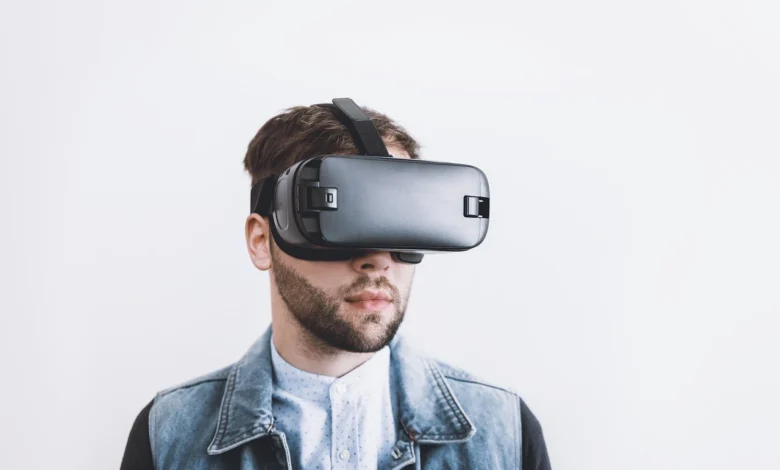
Virtual reality, or VR, refers to computer-generated simulated environments that can be accessed through devices such as VR headsets or haptic suits. The technology has been around for a while, but it’s still in the early stages of development and has the potential to become even more sophisticated and immersive in the future. Here are 10 predictions and possibilities for the future of virtual reality:
#1. Greater immersion
As VR technology improves, we can expect to see more realistic and immersive virtual environments. This could be achieved through advances in haptic technology, which allows users to touch and feel virtual objects, as well as through the use of eye-tracking and brain-computer interfaces, which allow the virtual world to respond to a user’s thoughts and actions.
#2. More realistic avatars
One of the limitations of VR technology is the lack of realistic avatars, or digital representations of users. In the future, we may see the development of avatars that are able to accurately mimic a user’s facial expressions, body language, and other nonverbal cues, leading to more realistic and engaging virtual interactions.
#3. Increased social presence
VR technology has the potential to revolutionize the way we interact with each other, allowing us to feel as if we are in the same physical space even when we are miles apart. In the future, we may see the development of VR platforms that enable users to communicate and collaborate in real time, leading to increased social presence and a sense of shared experiences.
#4. New educational opportunities
VR technology has the potential to transform the way we learn, allowing us to experience new environments and concepts in a more interactive and engaging way. In the future, we may see the use of VR in classrooms and other educational settings, enabling students to learn through immersive and experiential learning.
#5. Increased use in healthcare
VR technology has already been used in healthcare for things like surgical training and pain management, and we can expect to see even more innovative applications in the future. For example, VR could be used to help individuals with phobias or other mental health conditions by exposing them to virtual versions of their triggers in a controlled and therapeutic setting.
#6. Enhanced entertainment experiences
The entertainment industry is already starting to embrace VR technology, and we can expect to see even more immersive and interactive experiences in the future. This could include virtual concerts, sporting events, and theme park rides, allowing users to experience events in a whole new way.
#7. Increased use in architecture and design
VR technology has the potential to revolutionize the way we design and visualize buildings and other structures. In the future, architects and designers may be able to create virtual models of their projects and walk through them in real time, allowing for better visualization and collaboration.
#8. Improved accessibility
VR technology has the potential to improve accessibility for individuals with disabilities, allowing them to experience things that may be difficult or impossible in the physical world. For example, VR could be used to enable individuals with mobility impairments to visit remote locations or participate in physical activities.
#9. Greater integration with the physical world
One of the limitations of VR technology is the fact that it is separate from the physical world. In the future, we may see the development of hybrid systems that integrate VR with the real world, allowing for a more seamless and realistic experience.
#10. Increased use in military and emergency response training
VR technology has already been used for military and emergency response training, and we can expect to see even more innovative applications in the future. For example, VR could be used to simulate disaster scenarios or other high-stress situations, allowing responders to practice their skills in a safe and controlled environment.
Overall, the future of virtual reality is bright and full of possibilities. As the technology continues to evolve and become more sophisticated, we can expect to see VR being used in a wide range of applications, from social interaction and education to healthcare and beyond.